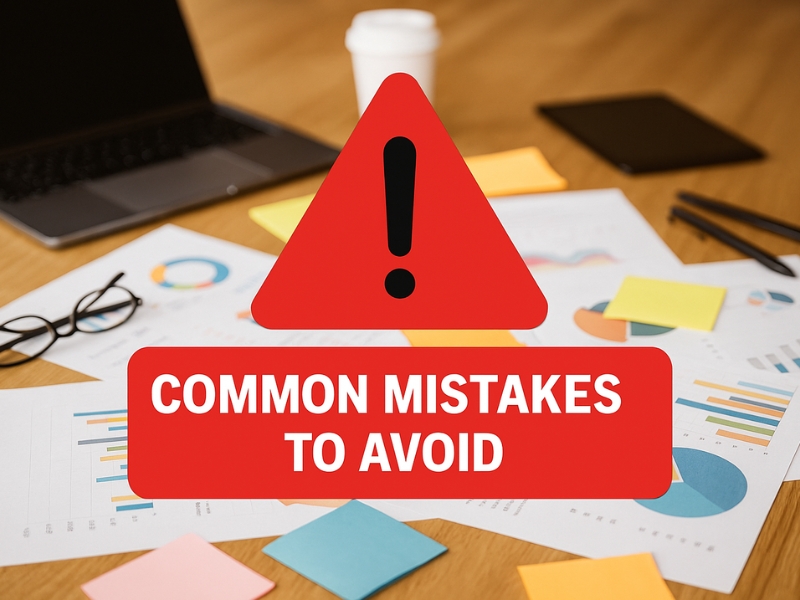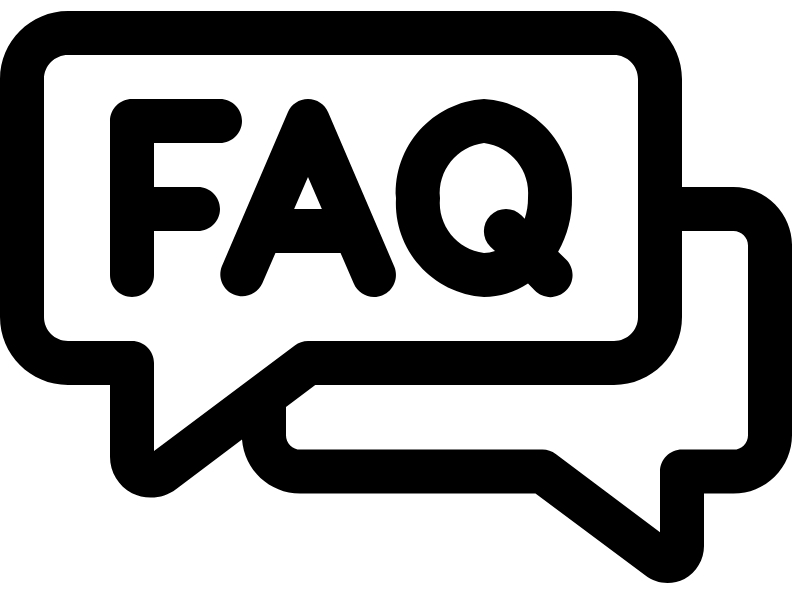Most people think that the creation of a content marketing plan weeks of brainstorming, endless meetings and color-coded tables are required. The truth is that you can put together an effective, implementable plan in just one day if you know exactly where to concentrate.
We keep these simple, clear steps, real examples and zero fluff. Until the end of today you have a content marketing plan.
Before you start with your one-day content marketing plan
Before immersing yourself in the steps, adjust to success by clearing distractions and collecting a few essentials. You want your one -day sprint to be focused and continuous. Imagine this as the preparatory work that does how to create a content calendar in just one day.
Here is what you have to finish:
- A quiet work area – Fewer interruptions mean faster decisions.
- Your analytics registers – Google Analytics, Social Media Insights or every tool with which you follow the performance.
- A simple planning tool – Google Sheets, Trello, term or even a notebook.
- All brand guidelines -Logos, colors and tone-of-voice notes to consistently keep the content.
- A timer – Keep every step on the right path by restricting the time.
Treat this as a working session, not as a brainstorming day. Decide and document – no rethinking.
Step 1: Define your goal and your audience (1 hour)
Decide exactly what you want to achieve and for whom it is.
Ask yourself:
- Do I want to increase the website traffic?
- Generate more leads or sales?
- Strengthen brand awareness?
- Build trust and authority?
As soon as you have a clear goal, sketch your target group.
Fast audience:
- Who they are (Age group, place, profession)
- What is important to you (Interests, values, hobbies)
- What problems do you get in (Pain points that you can solve)
- Where you spend time online (Social platforms, forums, blogs)
Get just enough details to guide your content selection. You can refine yourself during the way.
Step 2: Check your existing content (1.5 hours)

Before you create new content, you will see which treasures you already have.
Do that:
- List everything you created in a table.
- Note metrics such as views, likes, comments, shares or conversions.
- Lift the top performers to use or expand this.
- Flag -UNDER Performer for updating or replacing.
If you have not yet set up analyzes, you can continue to check the service by dealing with social mail engagement, video clock times or even e -mails for customer feedback. These are quick victories to recognize what resonance is found.
Your best old content can often be redesigned. Transform a blog post into a short video or divide a webinar in social media snippets.
Your best old content can often be redesigned-to transform a blog post into a short video or to disassemble a webinar into social media snippets.
Step 3: Select your core content pillars (1 hour)

The content pillars are Main issues Your content will rotate. They keep their news consistently and make sure that their audience knows what to expect.
How to select them:
Example:
If you operate a fitness coaching brand, your columns could:
- Workouts
- Nutrition tips
- Memory & motivation
- Customer success stories
Pillars help you to plan content faster and prevent theme scattering.
Step 4: Select your distribution channels (1 hour)

Concentrate on the most important channels. You don’t have to be everywhere.
Eigenon channels: Website, E -Mail list, blog
Earning channels: Social stocks, press releases, guest contributions
Paid channels: Facebook ads, Google ads, sponsored contributions
Choose 2–3 main channels related to:
- Where your audience is most active
- Your content type (video, blog, graphic, etc.)
- Your available time and your budget
If your audience is mainly professionals, LinkedIn may be her primary channel. If you are younger and more visual, Instagram or Tiktok can win. For search -based target groups, prioritize YouTube or a blog.
Start Small and master some platforms before adding more and you can use chattgpt for quick content ideas.
Your e -mail list is one of the few target groups that you really own. Search traffic can fall, social platforms can change their rules and dry the advertising expenses, but their e -mail subscribers stay with them. This makes it a non -negotiable channel to promote alongside the other platforms that you choose.
Step 5: Create your content calendar (2 hours)

A content calendar is your game plan – it tells you that you tell you What They post WhereAnd When.
How to use it quickly:
Mix your content types: Education (teaching a little), inspiring (share success stories), advertising (present your offer) and a commitment-focused one (surveys, questions and AS). This variety keeps your audience interested and covers different phases of the buyer trip.
Batching tip: Group similar tasks together. Write captures in a session, design graphics in another and address your days – such as motivation on Mondays or tutorial on Tuesdays – to save time and remain consistent.
Step 6: Set KPIS and Tracking methods (30 minutes)

A plan is only effective if you can measure how well it works. KPIS (important performance indicators) focus on what is really important and help you know when you have to turn.
Choose 3-5 important metrics:
- Website traffic
- E -mail applications
- Social engagement (likes, shares, comments)
- Guidal conversions
- Sales from campaigns
Tracking tools:
- Google Analytics
- Findings of the social platform
- A simple Excel leaf for the protocol progress
For a new content plan, focus on relative growth, for example on an increase in the website visits by 10 to 20% or the commitment in the next month instead of pursuing large numbers immediately.
Only concentrate on the metrics that connect directly with your goals.
Step 7: Assign roles and deadlines (30 minutes)

Even if you are alone, you can be responsible for tasks on certain days.
If you have a team:
- Allow the creation, processing and publication of tasks clearly.
- Use project management tools such as Asana, Trello or Clickup.
- Hold a short weekly check-in.
If you are alone:
- Block the time for idegenization, creation, posting and commitment.
- Keep your calendar visible so that the deadlines do not sneak up.
Avoid these fast pitfalls

Before you complete your plan, pay attention to these common slips:
- I suddenly try to be everywhere
- Select too many content columns
- Persecution of every metric instead of the important
- Delay the effect while the perfection follows
One day a plan: now make it possible

In one day you can set clear goals, define your audience, check existing assets, select columns, select columns, create canals, create a calendar and set KPIs. The next step is the action: Note your first piece, test what works and adjust it. The earlier you start, the earlier you will see the results.
Frequently asked questions

Yes, if you only concentrate on the essentials. They map the strategy and do not create every content today.
No. Free tools such as Google Sheets, Social Media Analytics and a Planning app are enough to get started.
The planning of 4-8 weeks of content is ideal. There is structure to you while you remain flexible enough based on the results.
Select 3 to 5 main topics that meet the needs of your audience and the expertise of your brand. Use past performance data to confirm what is resonance.
Check your KPIs every month. Adjust your plan when the performance data displays shifts in traffic, commitment or conversions.
Concentrate on 2–3 platforms on which your audience is most active. For example, professionals on LinkedIn, a younger audience on Instagram or TikTok and search -powered users on blogs or YouTube.

